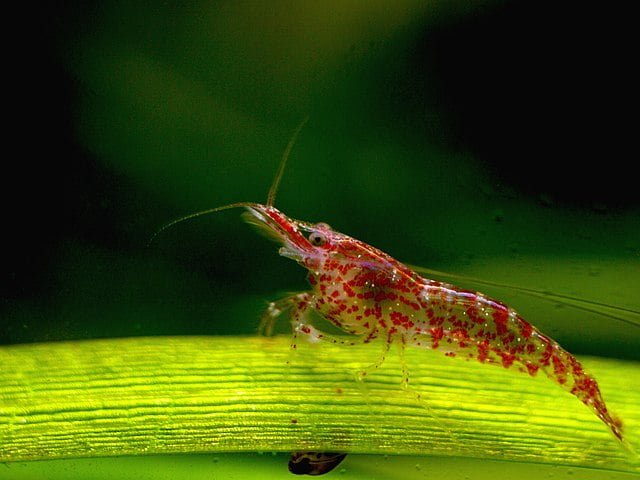USA.- The National Corn Growers Association recently attended the Aquaculture America Conference to learn more about the industry and make connections with companies to discuss the benefits of corn and corn byproducts in aquaculture diets.
NCGA met with a number of companies and representatives while at the conference, including tru SHRIMP of Minnesota, Prairie Aquatech of South Dakota, Eagles Catch of Iowa, and various feed mills and feed ingredient companies including Cargill, Zeigler, ADM, Blue Ridge Aquafeeds and BlueWater Feed Company.
“Aquaculture is the fastest growing food sector in the world,” said Feed Food & Industrial Action Team Chair Bruce Peterson. “However, 90 percent of U.S. seafood is imported today, representing a large opportunity to expand domestic production facilities. Aquaculture farmers continue to explore opportunities to increase the amount of plant-based feed ingredients used in their operations. Corn-based feed could provide an economical and sustainable option compared to traditional fish meal and would represent an incremental source of demand for corn and corn-based products.”
“Additional research, development and feed trials are needed to better understand the value proposition that corn may bring to their industry,” Peterson added.
Various topics discussed at the conference included feed ingredients, food safety and quality, nutrition and alternative feeds.
NCGA will continue to interact and build relationships with the aquaculture community to help grow demand for corn DDGs in the future.
Source: National Corn Growers Association
Stay Always Informed
Join our communities to instantly receive the most important news, reports, and analysis from the aquaculture industry.
Editor at the digital magazine AquaHoy. He holds a degree in Aquaculture Biology from the National University of Santa (UNS) and a Master’s degree in Science and Innovation Management from the Polytechnic University of Valencia, with postgraduate diplomas in Business Innovation and Innovation Management. He possesses extensive experience in the aquaculture and fisheries sector, having led the Fisheries Innovation Unit of the National Program for Innovation in Fisheries and Aquaculture (PNIPA). He has served as a senior consultant in technology watch, an innovation project formulator and advisor, and a lecturer at UNS. He is a member of the Peruvian College of Biologists and was recognized by the World Aquaculture Society (WAS) in 2016 for his contribution to aquaculture.




